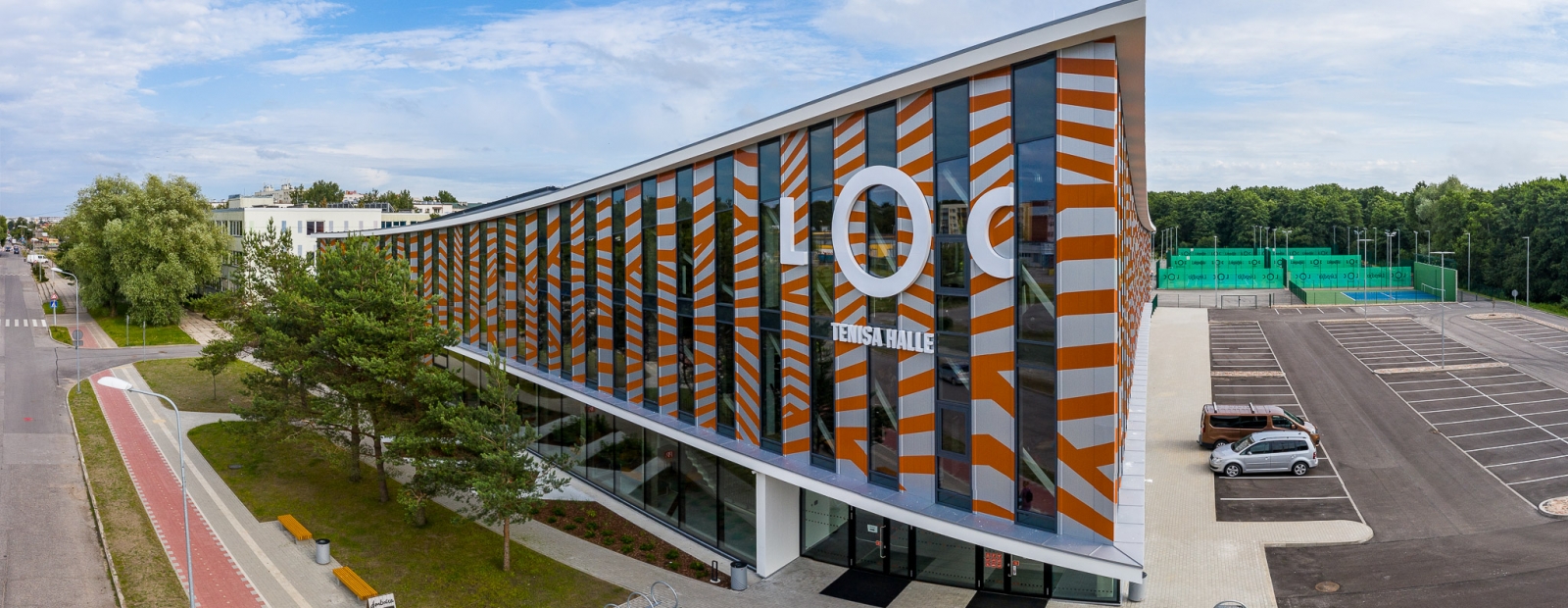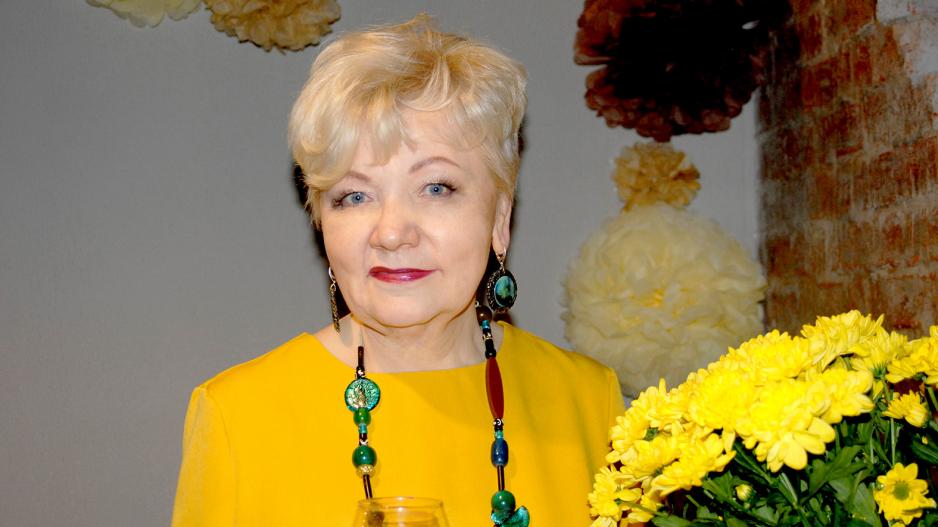
Saskaņa, despite its efforts to appeal also to the ethnically Latvian voter, is still associated with the Russian-speaking population of Latvia and can be described as a “pariah party” in the Latvian politics. Latvian Alliance of Regions ( Latvijas Reģionu Apvienība) National Alliance ( Nacionālā apvienība “Visu Latvijai!”-“Tēvzemei un Brīvībai/LNNK”)įrom the Heart to Latvia ( No sirds Latvijai) Union of Greens and Farmers ( Zaļo un Zemnieku savienība) Social democratic party “Harmony” ( Socialdemokrātiskā partija “Saskaņa”) Having said that, the party has lost approximately one fifth of its voters since the last elections and is, in fact, the biggest looser of the 2014 elections.

Saskaņa, technically, got the greatest share of the votes in the elections and can be seen as the winner of the elections.

Although Vienotība came second to the Social Democratic party “Harmony” ( Socialdemokrātiskā partija “Saskaņa”, henceforth: Saskaņa) that won 23% of the vote, it is most likely that the President of Latvia Andris Bērziņš is going to select the present Prime Minister Laimdota Straujuma (Vienotība) as formateur of the new coalition government. The preliminary election results (see table 1 below) indicate that the government’s core party Unity (in Latvian: partija “ Vienotība”, henceforth: Vienotība) increased its share of votes from 18.82% in 2011 to 21.87%. On 4 October 2014, Latvia held the parliamentary elections that brought a hope of stability as the ruling coalition government won a comfortable majority.


 0 kommentar(er)
0 kommentar(er)
